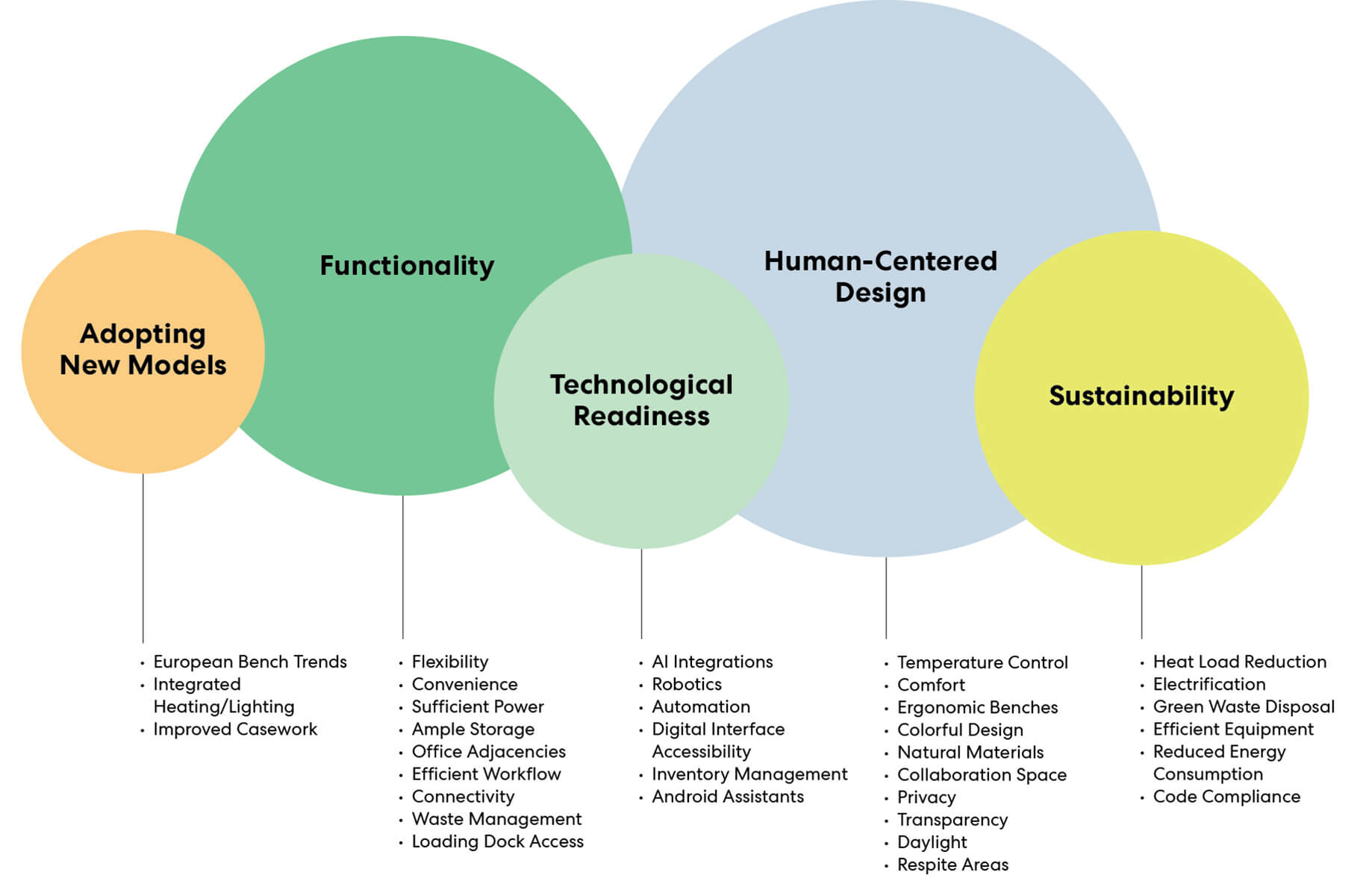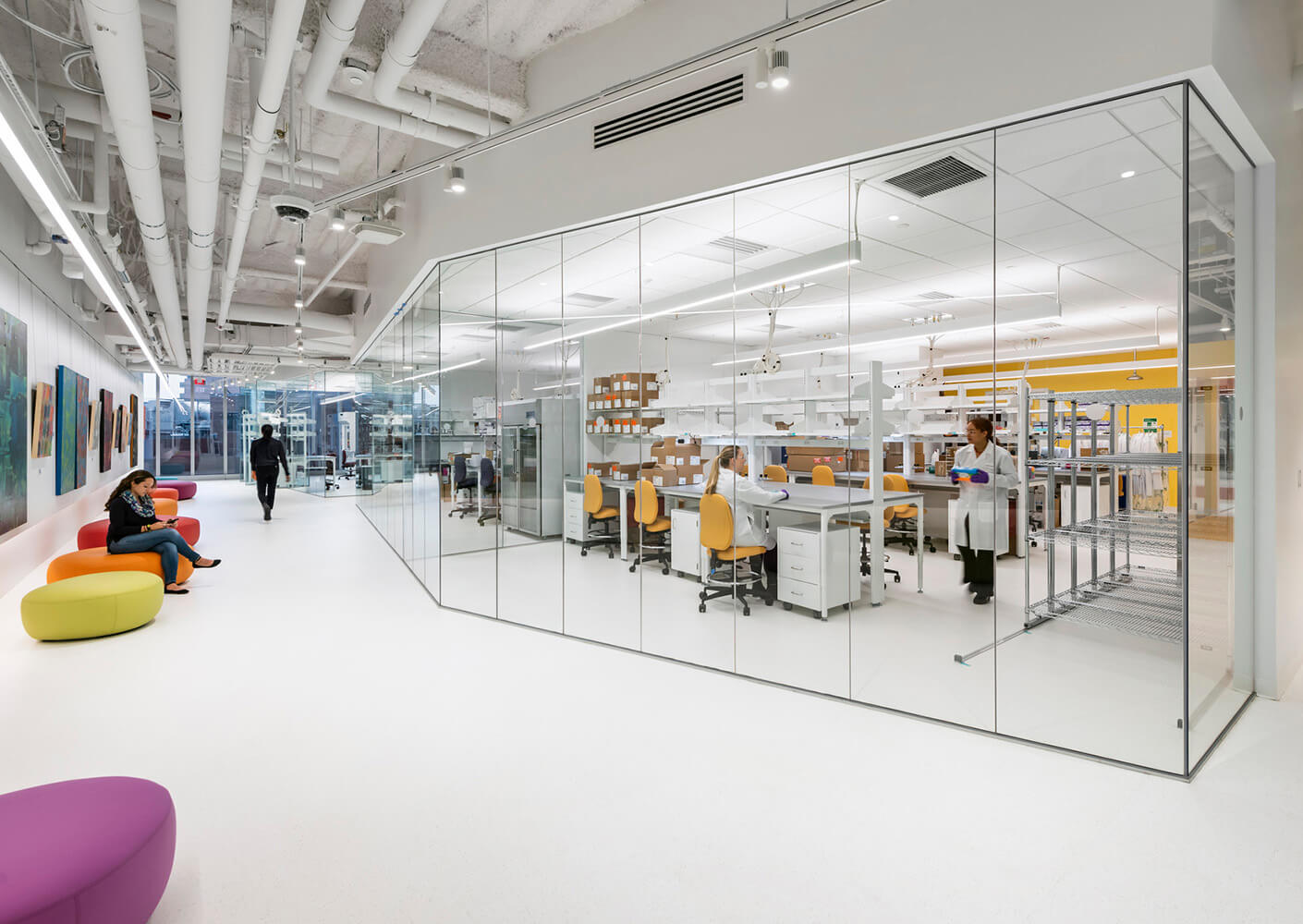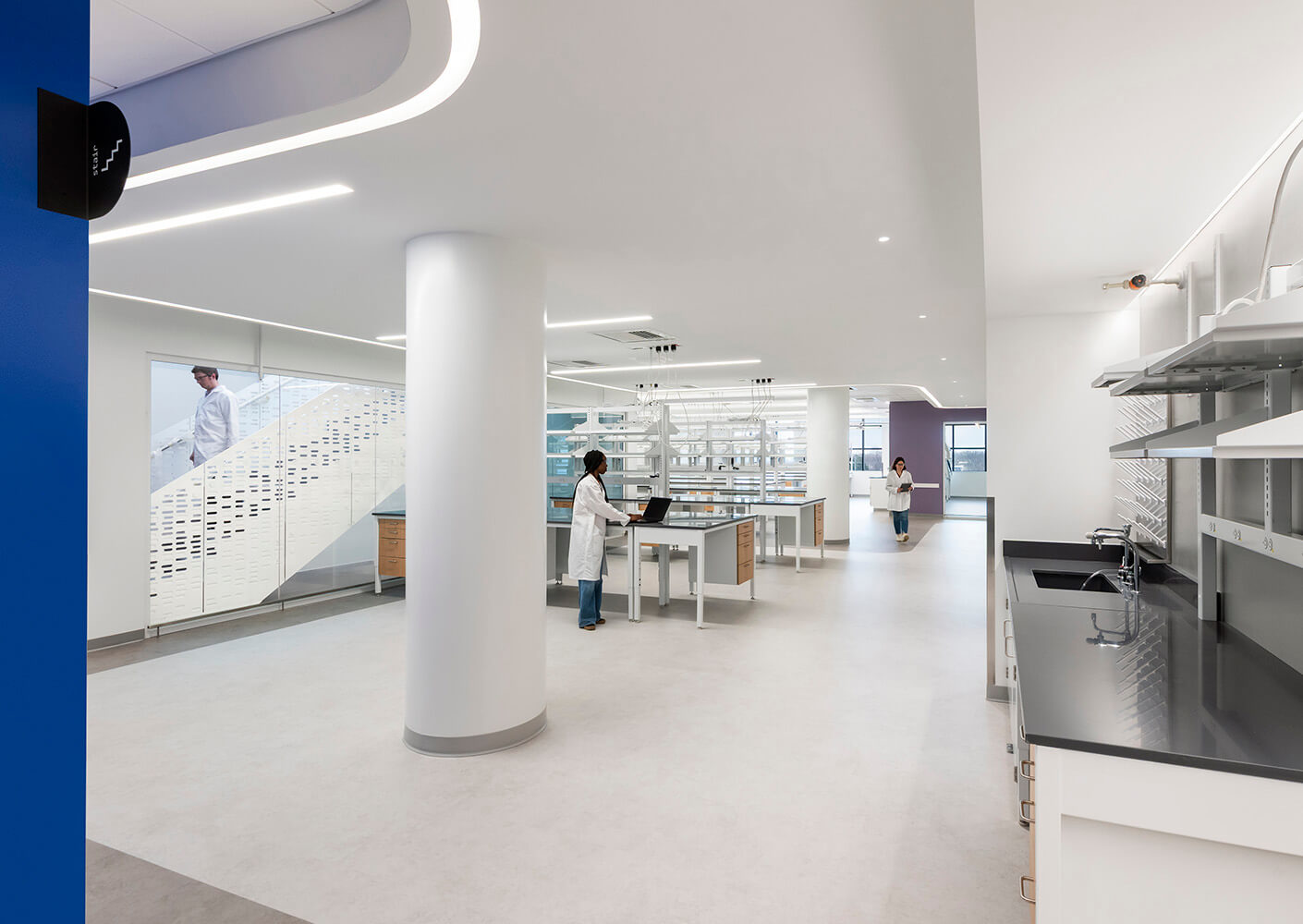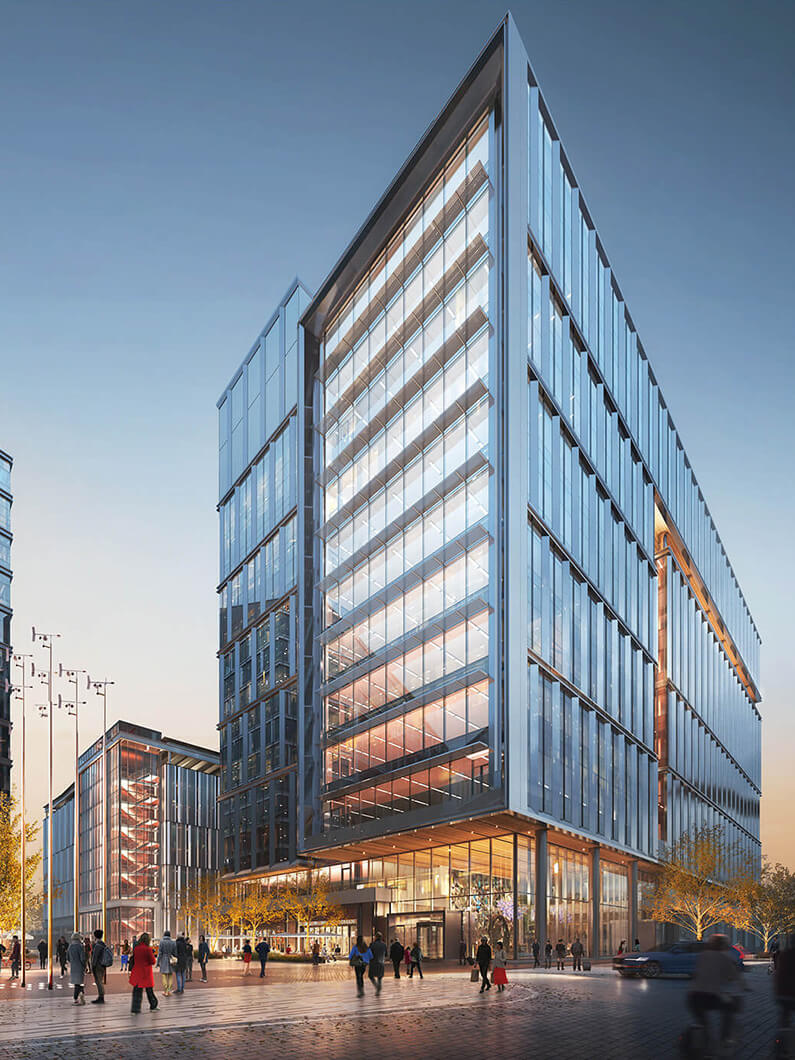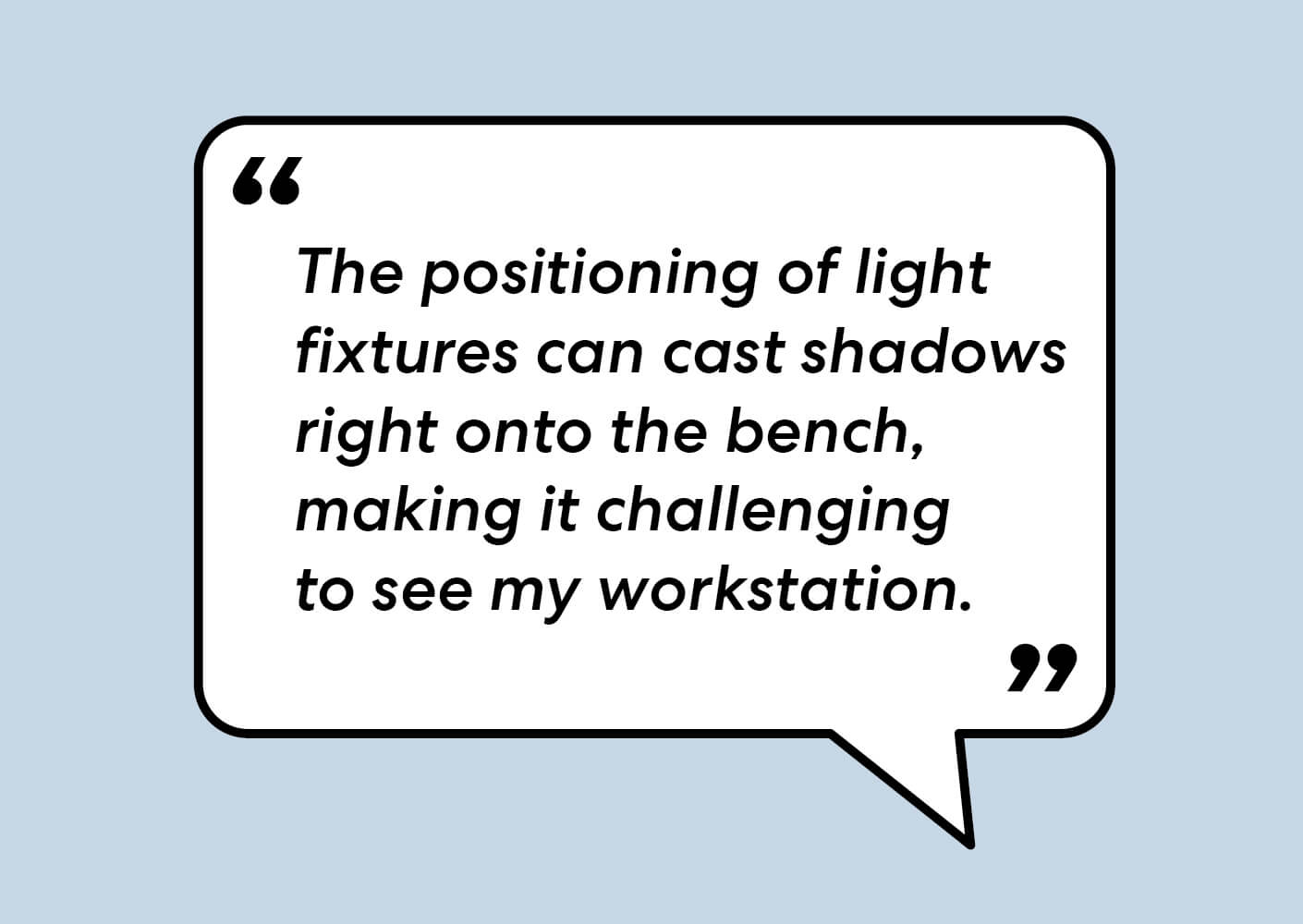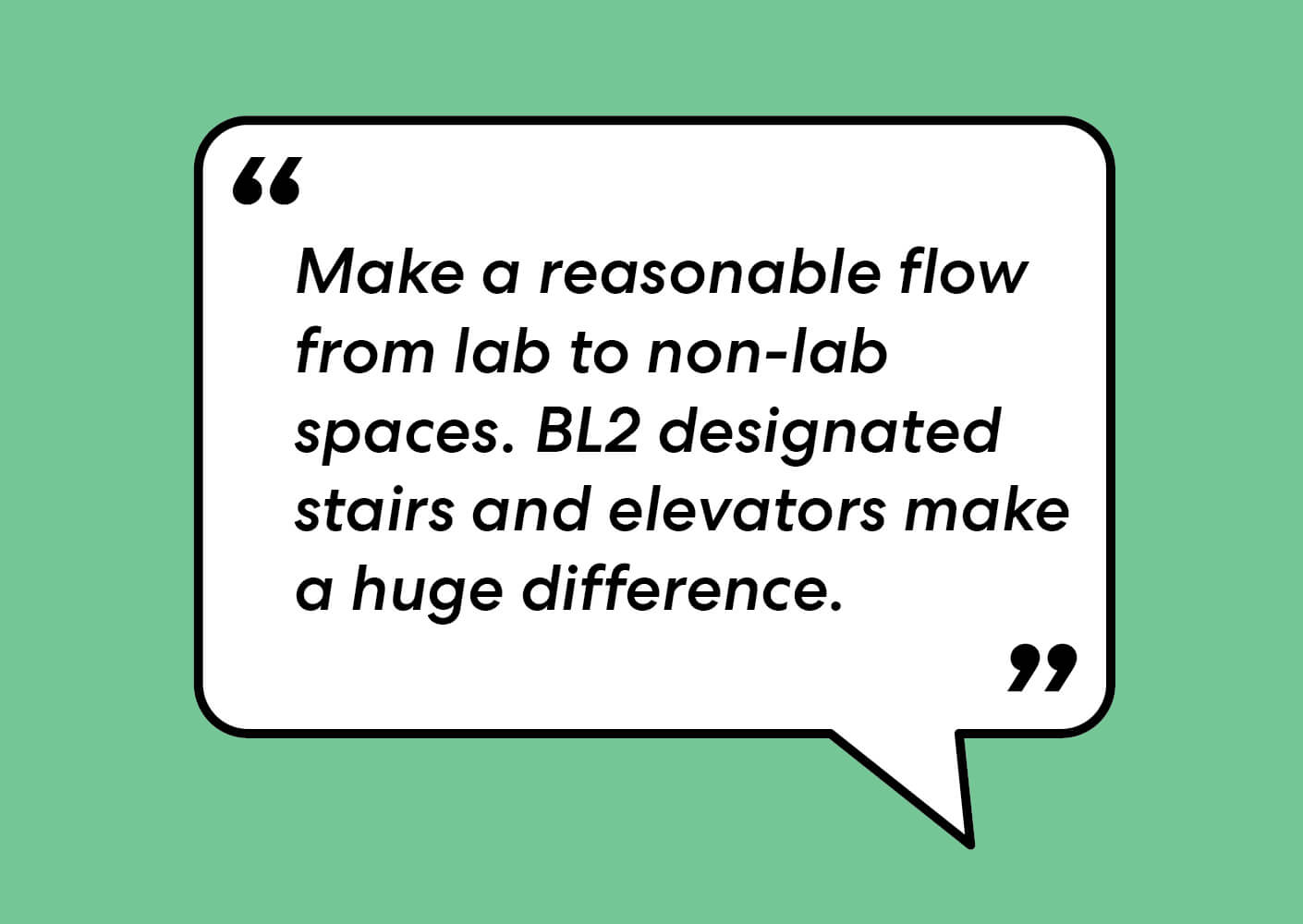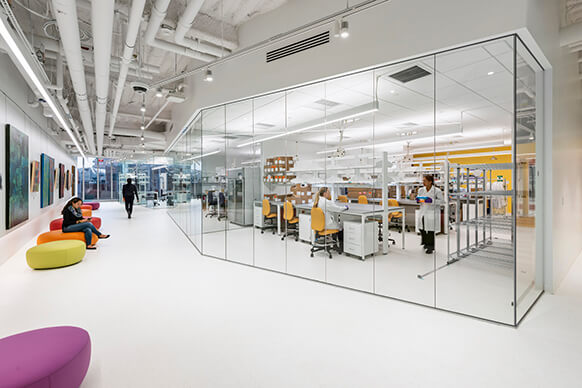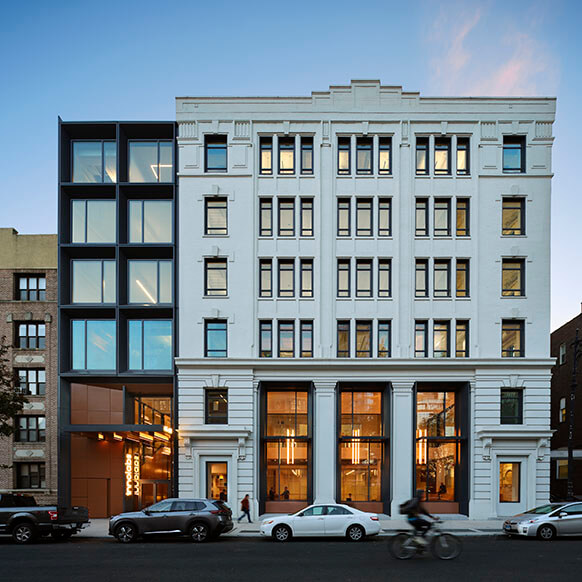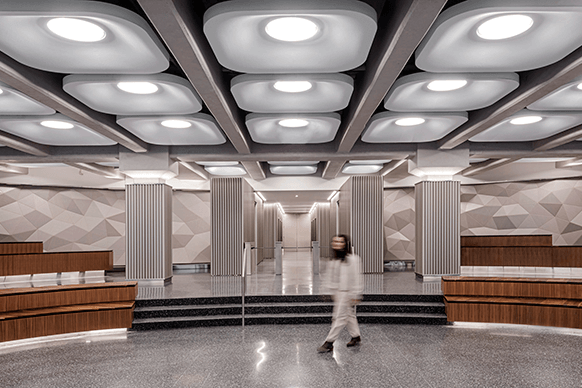What’s next for laboratory design? We recently had the opportunity to discuss this topic with a group of scientists in Boston and hear directly from the source: what they like in their current labs, what isn’t working, and what they’d like to see in the future.
We’ve organized the insights from this conversation into five key takeaways. A few solutions are already standard in the lab facilities we design, while others provide valuable perspective into how we’ll be reconsidering these spaces as technology and science advance.
